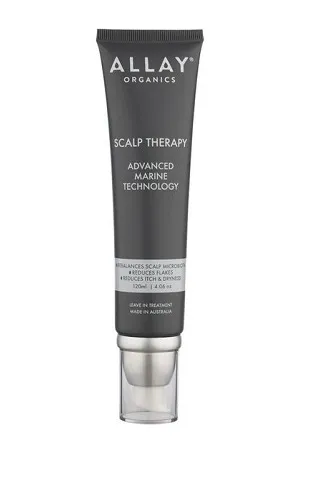Spleen:
 The spleen, which weighs approximately 200 g in an average healthy adult, is situated on the left side of the abdomen. It serves a dual function, acting as a filter for the blood by removing abnormal cells like old or defective red blood cells, while also producing disease-fighting components of the immune system such as antibodies and lymphocytes.
The spleen, which weighs approximately 200 g in an average healthy adult, is situated on the left side of the abdomen. It serves a dual function, acting as a filter for the blood by removing abnormal cells like old or defective red blood cells, while also producing disease-fighting components of the immune system such as antibodies and lymphocytes.
Due to its involvement in various bodily functions, the spleen is susceptible to a wide range of disorders. However, the human body can adapt well to the absence of this organ, so surgical removal of a diseased or damaged spleen can be performed without causing significant harm to the individual.
Structure:
Structure-wise, the spleen has a reddish and pulpy appearance and is enclosed by a resilient capsule. The red pulp consists of splenic sinusoids (blood vessels) intertwined with connective tissue known as splenic cords. This red pulp filters the blood by eliminating old and faulty blood cells. The white pulp, located within the red pulp, comprises small clusters of lymphoid tissue.
Antibodies are produced within the white pulp. Similar to other lymphatic system organs, the spleen plays a role in the production or maturation of specific immune cells (B lymphocytes and T lymphocytes) and blood cells. Blood enters the spleen through the splenic artery, which then branches out into numerous smaller vessels. Each of these branches is enclosed by a cluster of lymphocytes, ensuring that every drop of blood entering the spleen is screened for foreign particles.
Diagnosis:
To diagnose spleen disorders, various tests can be employed depending on the specific condition being investigated. These may include physical examinations, blood tests, ultrasound scans, computed tomography (CT) scans, bone marrow biopsies, and other tests aimed at identifying underlying disorders.
Treatment:
Treatment for spleen disorders depends on the particular condition and its underlying cause. For instance, if splenomegaly (enlarged spleen) is caused by certain cancers like Hodgkin’s disease, leukemia, or lymphoma, the primary focus of treatment will be on eliminating or controlling the cancer. Hypersplenism, often triggered by liver cirrhosis, can be managed through abstinence from alcohol and special dietary modifications. In cases of severe spleen rupture, surgical removal of the spleen is typically performed.
Healthboost Products:
-

Organic Whipped Tallow Cream 120ml
$34.50Add to cart -

Blushwood Berry Seed Extract EBC-46 Tincture
$120.95Add to cart -

Scalp Therapy Advanced Marine Technology Allay Organics
$48.50Add to cart -

Organic Cordyceps Militaris Evolution Botanicals
$72.99Add to cart -

Turkey Tail Mushroom Super Foods
$79.99Add to cart -

Cordyceps Mushroom Forest Superfoods
$89.00Read more
[bmi]
